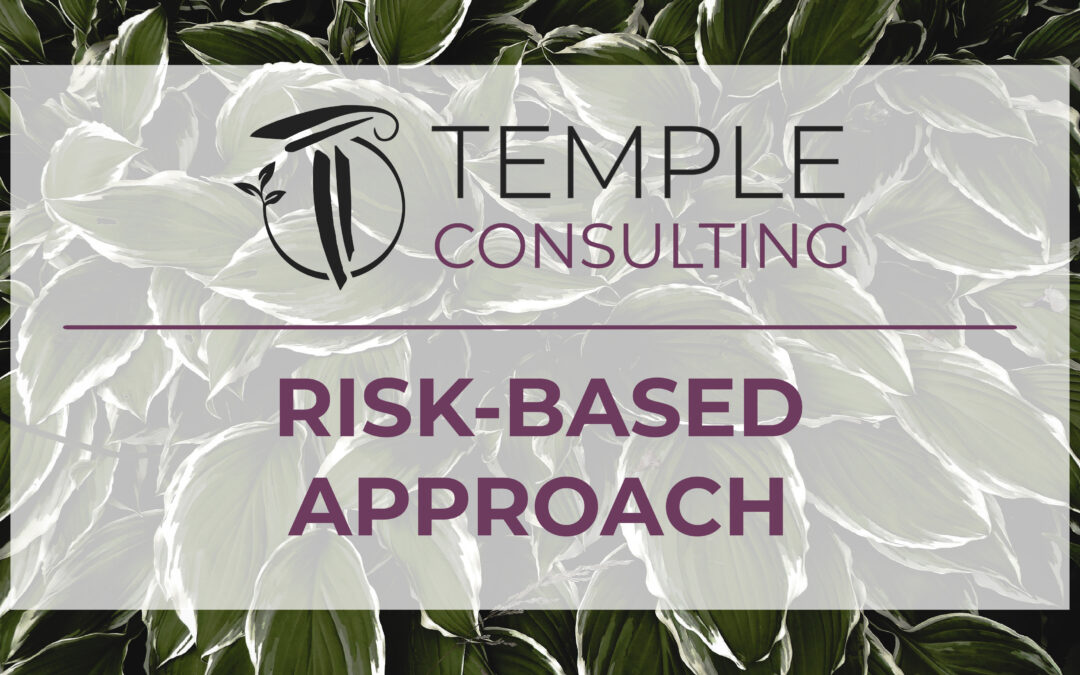In 2007, the Financial Action Task Force (FATF) has introduced a guidance called “Risk-Based Approach to Combating Money Laundering and Terrorist Financing” which outlined the importance of implementing the risk-based approach in all financial institutions and banking.
The revised FATF 40 recommendation in 2012 stressed the following on assessing and identifying risks, “Countries should apply a risk-based approach (RBA) to ensure that measures to prevent or mitigate money laundering and terrorist financing are commensurate with the risks identified. This approach should be an essential foundation to efficient allocation of resources across the anti-money laundering and combating the financing of terrorism (AML/CFT) regime and the implementation of risk-based measures throughout the FATF Recommendations.”
In Mauritius, Section 17 of the FIAMLA provides for a duty for the financial institution to identify, assess and understand its money laundering and terrorism financing risks in order to combat financial crimes and meet its requirements.
In its simplest form, risk-based approach means that countries, authorities or banks must identify, assess and understand the money laundering and terrorist financing risk to which they are exposed.
Pillars of Risk assessment
In order to determine their level of risk, each government of a country need to understand the extent of their vulnerability to money laundering through a National Risk assessment.
Secondly, each Financial institution must complete its internal risk assessment by tailoring its Money Laundering and Terrorist Financing programs.
Components of the risk-based approach
Section 17(A) of FIAMLA requires a financial institution to establish policies, controls and procedures to mitigate and manage effectively the risks of money laundering and terrorism financing identified in any risk assessment undertaken by the financial institution.
Financial institutions are required to:
- Understand its ML and TF risk (Money Laundering and Terrorist Financing)
- Have in place effective policies, procedures and controls to:
- Identify
- Assess
- Understand
- Mitigate
- Manage and
- Review and monitor those risks in a way that is consistent with section 17 of FIAMLA and the FSC Handbook.
Recommendation 7 of the FATF also provide that where countries identify higher risks, they should ensure that they adequately address those risks and countries should ensure that the measures applied are commensurate with the level of proliferation financing risks while still ensuring full implementation of the targeted financial sanctions where they identify lower risks.
Furthermore, the FSC Handbook 2020 state that it is crucial that, regardless of the specific considerations and actions of the financial institution that clear documentation is prepared and retained to ensure that the board and senior management can demonstrate their compliance with the requirements of Section 17 of the FIAMLA.
Determine the risk profile
A risk-based approach starts with identifying and assessing the risks. For example, during the initial onboarding process, the main indicators that constitute ML and TF are:
- The nature of the customer or the customer risk factors
When identifying customer risk, including the beneficial owner, financial institutions can consider:
- The customer’s business/professional activity
- The customer’s reputation
- The customer’s nature and behavior
The customer activities may include the customer/beneficial owner as having links to sectors that are highly risky such as construction, pharmaceuticals or healthcare or the customer having links to sectors that involve large amount of cash.
- The country or geographic risks factors.
When identifying the risk associated with countries and territories, the financial institution needs to know for example where the funds received from business activities comes from and does it give rise to suspicious as to the origin of the fund.
- Product, services or delivery channel risk factors
When identifying the risk associated with its products, services or transactions, the financial institution can consider the risk related to:
- The level of transparency
- The complexity of the products/services or transaction
- The value or size of the product/services or transaction
These components will assist in determining the risk that the customer pose from high, medium and low. Through this business risk assessment, the financial institution can establish a risk-sensitive approach to managing and mitigating ML and TF risks.
How can Temple Consulting assist you?
Temple Consulting is pleased to accompany and assist you in meeting your regulatory and legal requirements through the range of compliance services that we provide. We can assist you by providing a Risk assessment matrix demonstrating the application of a risk-based approach and conduct screening and Enhanced Due Diligence reports to assess the risks of clients. Kindly contact us for more details on 2103588 or templeconsulting@templegroup.mu
Sources:
- https://www.fscmauritius.org/media/82226/fsc-aml-cft-handbook-27012020-to-website.pdf
- https://www.fatf-gafi.org/media/fatf/documents/recommendations/pdfs/FATF%20Recommendations%202012.pdf


Recent Comments